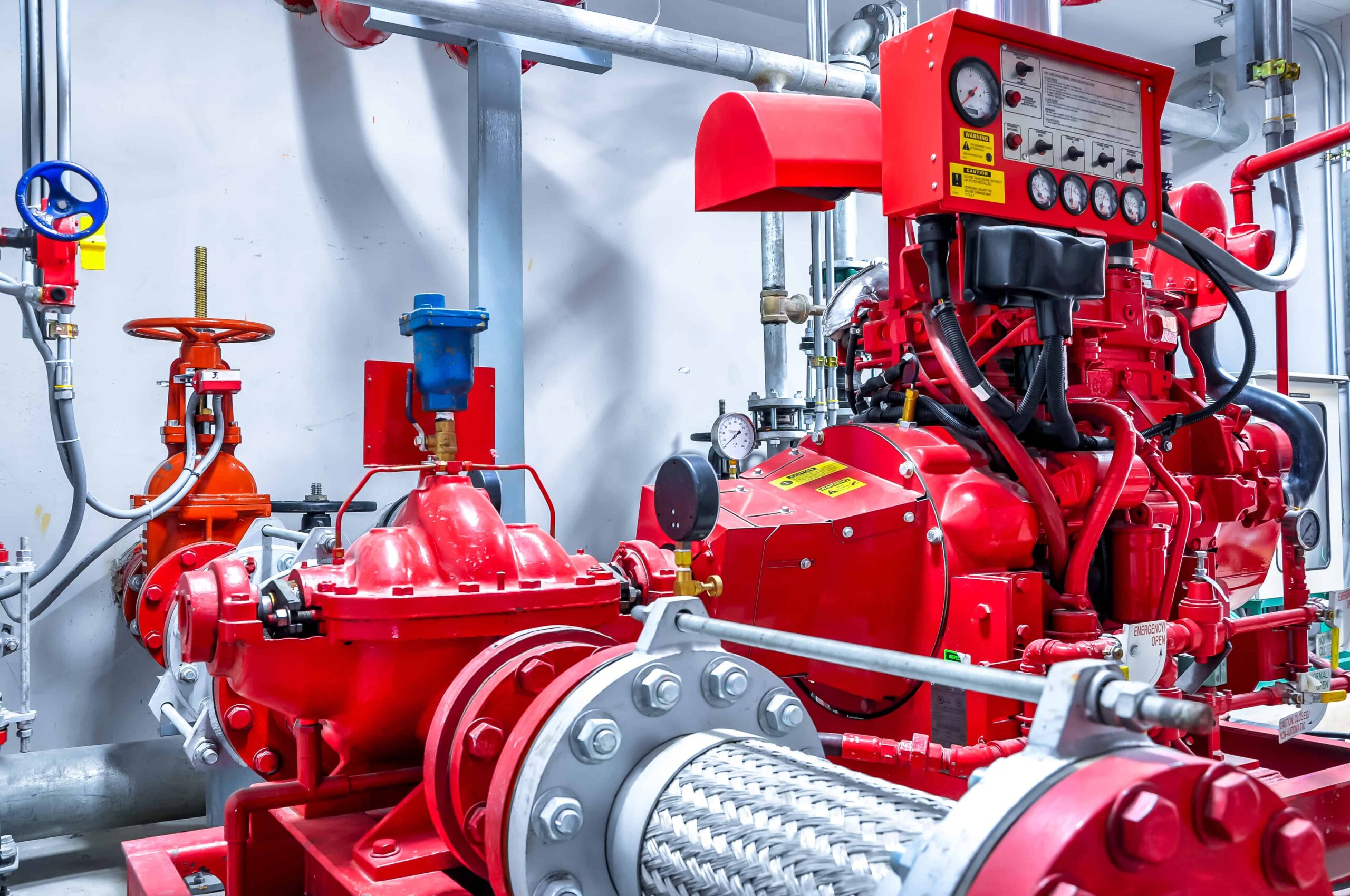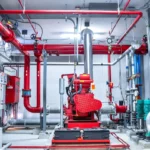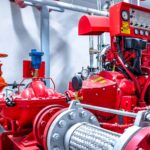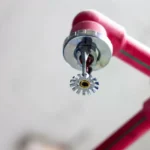Fire protection happens to be the most indispensable element of the building design, specifically in commercial buildings, warehouse buildings, and high-rise buildings. The fire pump is probably one of the most significant components of a fire protection system in any building. It has the job of delivering water to all sprinkler heads at the right pressure in case of an unfortunate fire accident.
Whether building a new facility or expanding an existing one, careful planning for fire pump installation can be the difference between life and death. This piece of content contains everything that you need to know about these fire systems, starting from the design of the fire system and the selection of the pump, to maintenance and inspection.
What Fire Safety Statistics Say
- The country of the United States encounters more than 100,000 non-resident fires each year.
- Fire pumps reduce fire deaths by more than 80 per cent through the use of sprinkler systems.
- Lack of water pressure is among the main reasons for sprinkler failure during an emergency.
Such big figures indicate the necessity to possess a reliable fire pump installed.
What is the capability of a Fire Pump System?
A fire pump is a mechanical equipment that supplies high-pressure water to the standpipe systems and sprinklers of a building. It is automatically switched on in case the sprinkler system detects reduced pressure access due to fire.
Principal Components of a Fire Pump System:
- Pump (horizontal split-case, vertical turbine, inline, and so on)
- Electric/Diesel driver
- Controller
- Jockey pump (maintains pressure within the system under normal conditions)
- Test valve and pressure relief valve
- The design must meet very stringent requirements given in NFPA 20, which is a national code that governs the fire pump installations.
How The Fire Pump Serves Its Purpose
Fire pump installation does not just involve installing equipment into a room. It is an accurate procedure comprising pressure testing, electrical, piping arrangements, and adhering to fire codes.
The installation is usually required when:
- Water pressure is not sufficient to serve a building that is too tall
- Poor water supply sources (e.g., rural areas)
- The system is a combination of high-capacity sprinklers or foams
Key Aspects in Fire Pump Design
- Water Supply Source
First of all, think about the source of water you can use. When the municipal supply does not have the minimum pressure requirement, then you will need a fire pump. Organise a water flow test to check the fulfilment of requirements with your current supply.
- Choice of Type of Pumps
Your building construction and water needs should be matched with its design. The most common are the following pumps:
- Horizontal Split-Case Pumps – workspace of large commercial buildings
- Vertical In-Line Pumps – In spaces where space is limited
- Vertical Turbine Pumps – To be used when there is a withdrawal of water from wells or tanks
Each pump is beneficial, and the selection of an appropriate one should be done considering the long-lasting safety and efficiency.
- Place of Power and Backup
Choose among electric-powered and diesel-powered pumps depending on the reliability of power. A diesel engine might prove to be safer, especially in case your building is in a place where electricity is unstable. Backup systems must be considered so as to ensure that the pump is functioning even after the occurrence of a power outage.
- Pump Room Requirements
A fire pump also needs to be located in a fire-rated, dry, and well-ventilated place. The place should have adequate space to be used in testing and during maintenance. It should also be kept separated from other building systems for added safety and access.
- Local Codes
Whether it concerns every local area or not, there might be local regulations imposed above NFPA 20. Look into the local authorities to see whether your pump system is compliant or not.
How Fire Safety Is Managed in Office Buildings
Offices are full of fire hazards—computers, electrical wiring, kitchen appliances, and huge quantities of paper documents. This makes fire safety in these settings particularly significant.
The fire safety of office buildings should entail the following:
- Automatic sprinkler systems
- Quality fire pump and water supply
- Smoke and fire alarms
- Established exits and evacuation plans that are well-marked
- Training of the staff and fire drills
Office managers must be aware of how to use these fire pump systems along with their safety features, as this would enable them to curb the risk and devastation caused by fire in the future.
The importance of Fire Safety Inspection
Even the most advanced systems can fail if poorly managed. However, with the help of a routine fire safety inspection, problems can be detected before it is too late, and violation fines can be avoided, as well as staying in line with local and national codes.
When under inspection, professionals check the following in the fire pump:
- Having good flow and pressure
- Features of the controller
- Leaks or piping wear
- Health of the battery/fuel system (diesel pumps)
- Control of test valves and pressure gauges
These things should be checked at least once a year, and the tests carried out.
Aftercare Maintenance Tips
To make your fire pump last longer, it is necessary to maintain it properly so that when the unfortunate situation comes up, you can make the right use of it.
Weekly Tasks:
- Churning of pumps (no flow of water)
- Inspect gauges and control boards
Monthly and Annual Tasks:
- Test mechanical parts
- Fuel and battery monitoring (diesel-driven systems)
- Take the full system to the greatest flow
- Cleaning and adjusting sensors
Maintain a log of activities to record activities and prove compliance to inspectors.
Key Takeaways
The fire pumps are required within the buildings where water pressure cannot offer enough protection on its own
- Fire pumps must be installed by specialists and in accordance with NFPA 20
- The fire pumps are especially crucial in high-risk areas like offices
- Scheduled fire safety inspection ensures your system remains in readiness status and compliant
- The type of pump and form of power source backup are also important to ensure long-term reliability
Frequently Asked Questions (FAQs)
Q1: What do I do to know if my building needs a fire pump?
In case your building has more than a single story and a large square footage area, you are most likely to need a fire pump.
Q2: What is the life span of a fire pump?
Through regular cleaning, fire pumps can last a minimum of 20 years. Some components, like seals or valves, may need to be changed later.
Q3: Is it possible to install a fire pump at the office by myself?
Pump installations, especially those related to fire safety in office buildings, must be performed by qualified professionals familiar with NFPA standards and local fire codes
By being proactive and making sure your fire pump system is installed and maintained correctly, you can save your building, property, and the lives of all occupants. Safety from fire is not merely being compliant; it’s about being ready when it counts the most.
